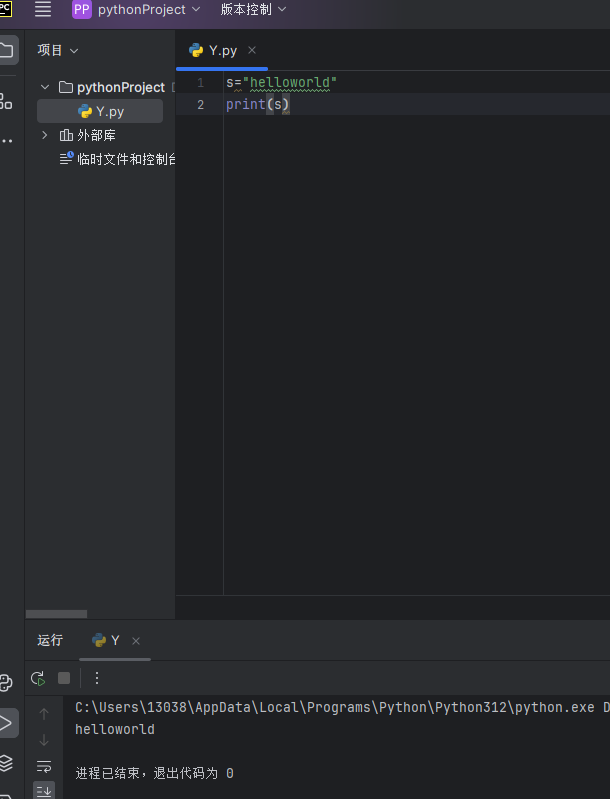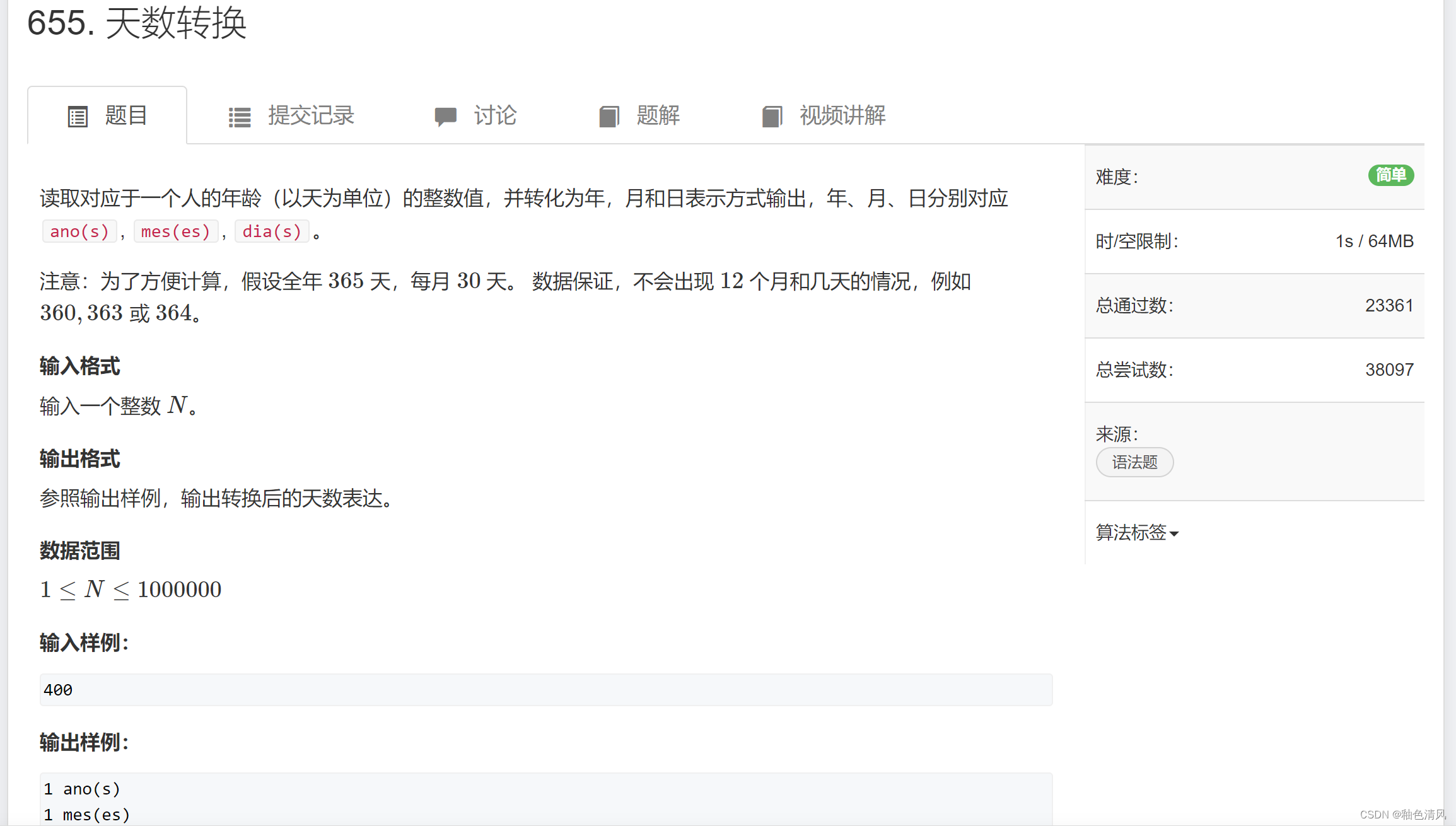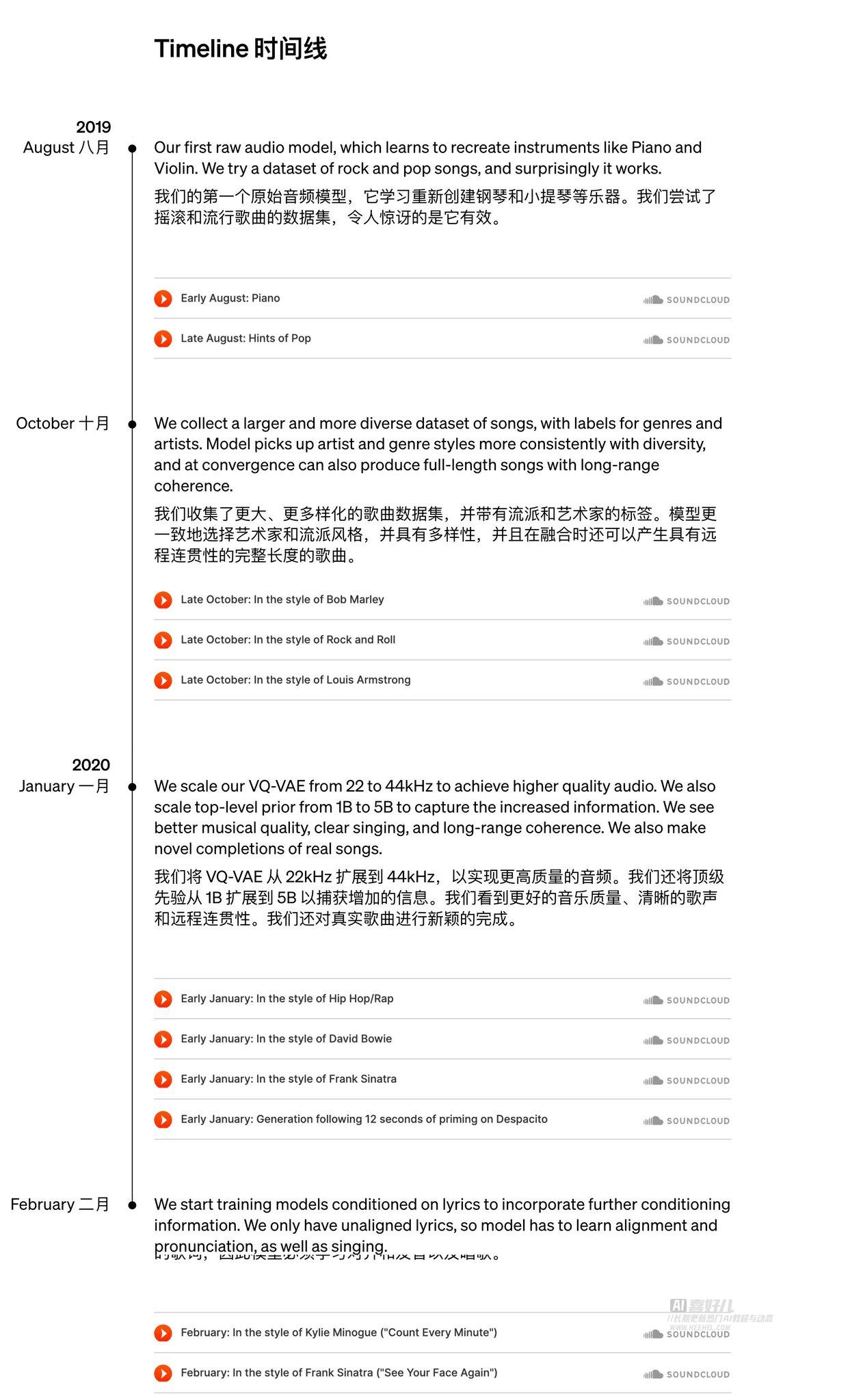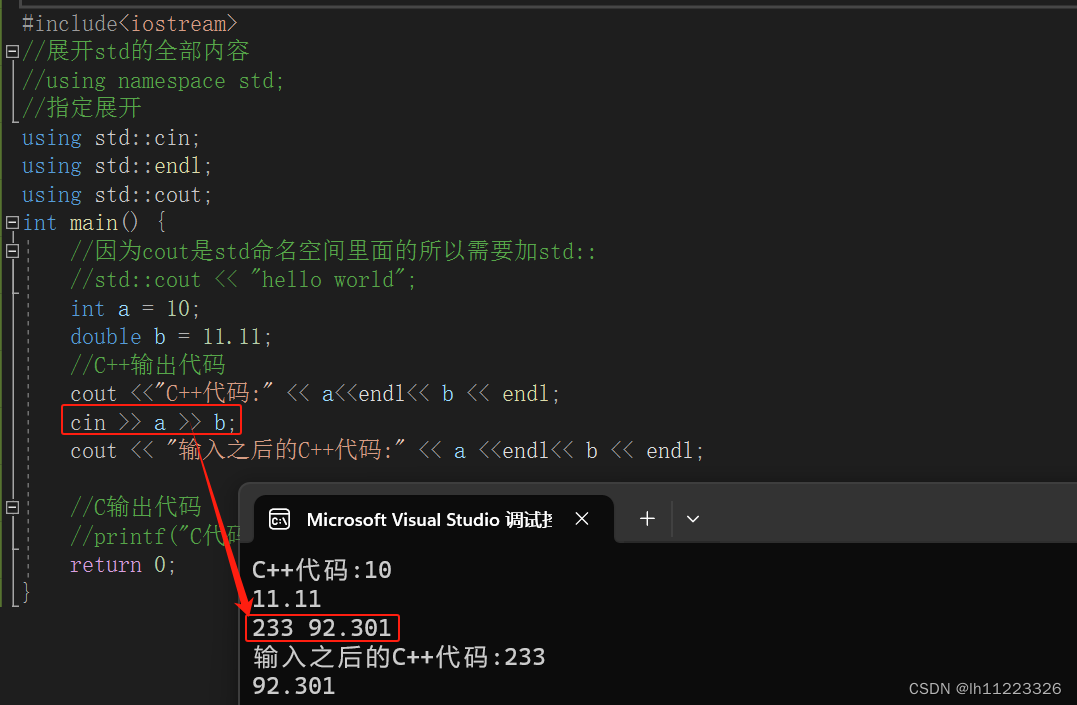为了让MyBatis能够识别和使用XML Mapper文件,你需要确保这些文件被正确放置和配置。下面是确保MyBatis XML Mapper文件被识别的步骤:
1. 正确放置XML Mapper文件
通常,XML Mapper文件应该放在src/main/resources目录下。为了更好的组织这些文件,建议将它们放在一个与Mapper接口同名的包路径下。例如,如果你的Mapper接口位于com.example.demo.mapper包中,那么相应的XML Mapper文件应该放在src/main/resources/com/example/demo/mapper目录下。
2. 在application.properties或application.yml中配置Mapper文件路径
虽然Spring Boot会自动扫描src/main/resources下的资源文件,但有时可能需要明确指定Mapper文件的位置,尤其是当文件不位于默认扫描路径下时。可以通过mybatis.mapper-locations属性来配置:
application.properties
mybatis.mapper-locations=classpath*:com/example/demo/mapper/*.xml
application.yml
mybatis:
mapper-locations: classpath*:com/example/demo/mapper/*.xml
这里的classpath*:表示从所有类路径(包括jar包内)开始搜索,com/example/demo/mapper/*.xml指定了具体的包路径和文件匹配模式,MyBatis将会加载匹配该模式的所有XML Mapper文件。
3. 确保XML Mapper文件格式正确
XML Mapper文件需要遵循MyBatis的规定格式,并且namespace属性需要与对应的Mapper接口的全限定类名匹配。例如:
<?xml version="1.0" encoding="UTF-8"?>
<!DOCTYPE mapper PUBLIC "-//mybatis.org//DTD Mapper 3.0//EN"
"http://mybatis.org/dtd/mybatis-3-mapper.dtd">
<mapper namespace="com.example.demo.mapper.XpackShareMapper">
<!-- Mapper SQL语句 -->
</mapper>
4. 使用@MapperScan注解确保Mapper接口被扫描
如果你没有使用Spring Boot的自动配置特性,或者需要明确指定Mapper接口的扫描路径,可以在配置类或启动类上使用@MapperScan注解:
@SpringBootApplication
@MapperScan("com.example.demo.mapper")
public class Application {
public static void main(String[] args) {
SpringApplication.run(Application.class, args);
}
}
这样,Spring将会扫描指定包路径下的所有接口,并自动注册它们为MyBatis的Mapper。
5. 项目构建和依赖管理
确保项目的构建配置(如Maven或Gradle)包含了MyBatis及其Spring Boot集成的依赖,并且没有配置错误或遗漏,这样才能确保MyBatis及其Mapper能够被正确加载和使用。
6.POM文件中添加includes标签内容





















